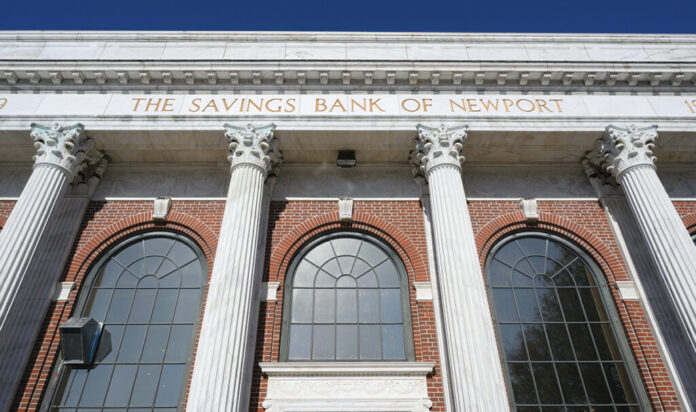
PROVIDENCE – The flood of applications from small businesses desperate for payroll relief has slowed to a trickle, local lenders say.
But while demand for the U.S. Small Business Administration’s Paycheck Protection Program appears to have subsided, questions continue to pour in from approved applicants anxious about the details of having their loans forgiven – questions that banks and credit unions cannot answer until the SBA issues clear guidance.
“It’s a very bad position for banks to be in,” said Leland Merrill, executive vice president, chief lending and operating officer for BankNewport. “These are our customers. They look at us as their advisor and we’re very hesitant to tell them what we think forgiveness might look like because we don’t want to be wrong.”
Carl Taber, executive vice president and chief lending officer for BayCoast Bank, echoed Merrill’s frustrations, adding that the bank, while merely the conduit for the SBA program, is bearing the brunt of angry phone calls and emails from borrowers who want clarity.
Under the terms of the CARES Act which authorized the forgivable payroll relief program, the SBA and U.S. Treasury were required to issue guidance on the terms of forgiveness by late April, but they have yet to so and it’s unclear when those rules will come.
One recent update that has eased anxiety among some borrowers is the newly issued “Safe Harbor” rule, which relieves scrutiny over whether applicants truly needed the money as long as the borrowed amount was less than $2 million.
It was too soon to tell whether the relaxing of post-borrowing audits for small loans would spur more local businesses to apply, but Justin DeShaw, senior vice president and chief lending officer for Centreville Bank, expected the guidance would translate to an uptick in approved borrowers drawing funds.
Many of the bank’s approved applicants had yet to take out their money, questioning whether potential access to other forms of liquidity made them ineligible, DeShaw said. The blowback against major companies and nonprofits like Harvard University and the Los Angeles Lakers for receiving payroll loans despite sizable endowments and other liquidity created something of a chilling effect even for smaller, less well-endowed businesses and nonprofits, DeShaw said.
And amid uncertainty over when or if they can reopen, business owners may be wary of taking on debt even at the low 1% interest rate, according to Mark Gim, president and chief operating officer for The Washington Trust Co.
Merrill wondered whether the negative press around these bad actors may have discouraged some businesses from applying altogether – a possible reason for the slowdown in applications despite a significant chunk of the second-round funding still available. A more likely reason, in Merrill’s view, was that the program had simply met its demand.
After closing more than 1,500 loans totaling $126 million between the two rounds as of Thursday, BankNewport had seen new applications drop to a dozen per day, versus the 150-plus streaming in daily when the program debuted.
Those just jumping in on the program now are also seeking much smaller loans. Nationally, the average loan size in second-round funds as of May 8 was $73,000, less than half the $206,000 average in first-round funding, the SBA has reported.
BayCoast Bank reported even larger cuts to loan amounts – roughly $59,000 on average now, versus $210,000 in round one, according to Taber.
“Round two is penetrating those originally intended to get the funding,” DeShaw said. “What we’re seeing now is a lot of really small businesses that don’t have the strong CPA advisor or financial advisor or legal advice, and were just waiting to see what was going to happen.”
While smaller loan sizes suggest the companies most in need may at last be getting help, the program still fails to capture the entire small business community, according to Gim.
“As designed, it still feels like there are some gaps in how this can affect smaller, Main Street-type businesses,” Gim said. “If you’re a barbershop with two employees, most of your money probably goes to rent or utilities, not payroll.”
The eight-week timeline for payroll relief also doesn’t help businesses in industries that will not be allowed to reopen immediately, Gim said.
Nancy Lavin is a PBN staff writer. You may reach her at Lavin@PBN.com.












